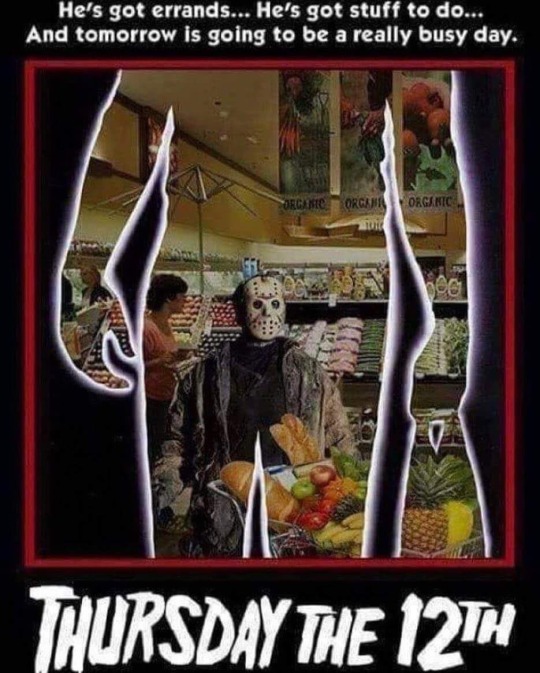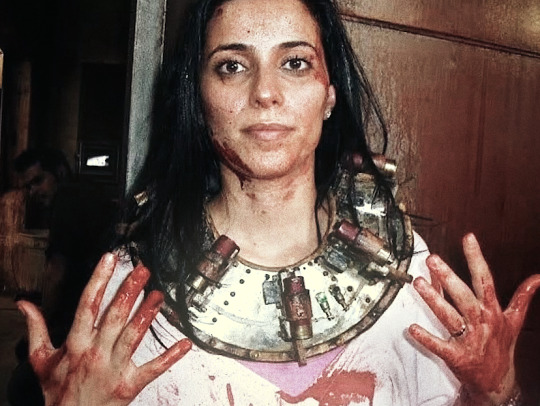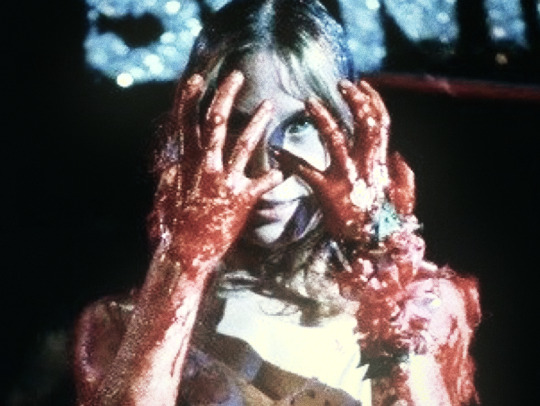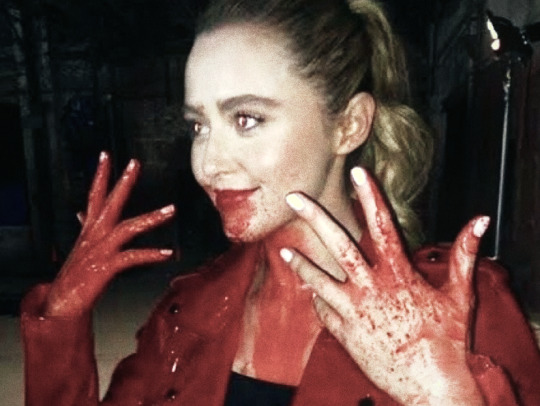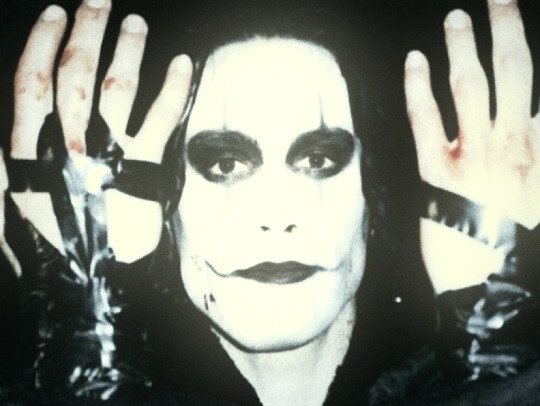spideybitee
889 posts
Don't wanna be here? Send us removal request.
Text
"acclaimed crime drama that is about a fucked up surrogate father-son relationship at its core" spectrum
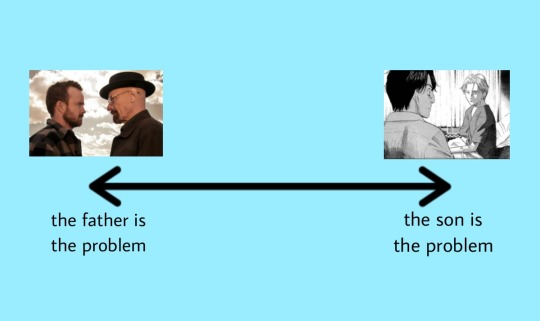
2K notes
·
View notes
Text

fugio nutrition
i didn't make giorno have real eyes because I don't want to support recessive blue eyes.
245 notes
·
View notes
Text

Ariadne of Crete suffers from “what if your baby brother is a slippery beast” disease.
The Minotaur, but make it Moo Deng
19K notes
·
View notes
Text

oh thank god bro i thought jason was allergic to serving cunt
12K notes
·
View notes
Text
i’m so glad earth only has one moon, if there were more i’d have to pick a favorite and that sounds too emotionally taxing to even fathom
387K notes
·
View notes
Text

The Son of Man by René Magritte (1964)
This iconic painting immediately draws attention to two powerful symbols: the apple and the man’s formal attire. The apple, suspended in front of the figure’s face, evokes the story of Eden and ties into the Oedipal Complex. In the biblical narrative, Adam consumes the forbidden fruit handed to him by Eve, ushering in the knowledge of self, shame, and guilt. This is crucial in psychoanalytic terms, as it mirrors the child’s desire for the mother and the inevitable transgression of the father’s laws.
Before Adam’s consumption of the apple, he was innocent and unaware of his nakedness. In Magritte’s interpretation, the man is not only hiding his body but also masking his identity behind the apple.
In the painting, the man is fully dressed, his body covered by a suit, emphasizing the overcompensation for his earlier transgression. The suit itself becomes a form of defense, but it’s the apple that holds the deepest symbolism—hiding the face, the core of identity and expression, leaving a profound psychological tension.
Core Theme: Transgression and Guilt
This work is steeped in themes of transgression, particularly relating to the desire to break societal rules and rebel against authority (often the father figure) which leaves a lasting guilt. The apple symbolizes that guilt, as well as the individual’s desire to remain hidden. Magritte plays with this paradox—while the subject wishes to hide, we, the viewer, are irresistibly drawn to what is concealed.
The hat in the painting serves as a symbol of social status and conformity, suggesting that the figure still operates within societal structures while carrying the hidden burden of guilt beneath the surface.
The Personality of the Buyer
A person who is drawn to this painting may experience a deep sense of guilt or inner conflict. Their guilt may be rooted in personal transgressions, such as unresolved conflicts with authority figures or a sense of betrayal in relationships. They may also feel ambivalence toward wealth and power, having achieved success that leaves them morally conflicted.
Personality Type: Likely highly introspective and prone to self-blame. They may grapple with the tension between their public image and private struggles, overcompensating for their vulnerabilities with external success.
Relationships: This individual may have difficulty with trust and maintaining deep emotional connections. Fear of being exposed leads them to keep their true selves hidden, resulting in relationships that feel shallow or superficial.
Occupation: They are likely in a high-status profession, such as finance, business, or law—fields where appearances and control are paramount, yet they may feel disconnected from their inner emotions.
132 notes
·
View notes
Text

they have a literal ancestral manor to hang out in but they choose to break into jason’s apartment while he’s out. they’re playing jackbox and accusing dick of being the faker. (it’s steph.)
14K notes
·
View notes






